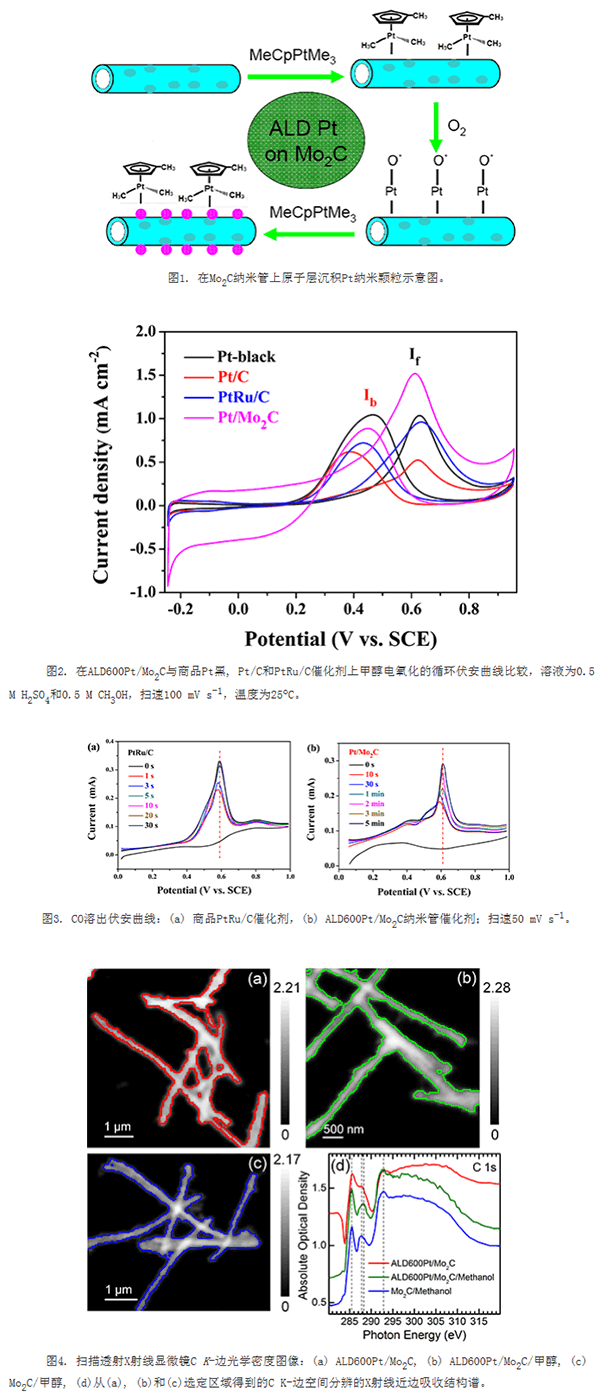
At present and for a long time to come, China’s energy structure will still be dominated by coal, but the development, processing, and utilization of coal has become the main source of environmental pollutant emissions. In recent years, haze weather has been causing people’s highly anticipated. Therefore, the development of clean coal technology is an inevitable choice for China's energy development.
Fuel cell is a clean and efficient power generation device that directly converts the chemical energy of fuel into electrical energy. It is one of the most effective means to solve the current low efficiency of fossil fuel combustion and environmental pollution, and it has always been an international research in the field of clean energy. Hot spots can truly realize the use of coal "from black to green." At present, the production technology of methanol and synthesis gas from coal is mature and the cost is low.
In recent years, Sun Chunwen, associate researcher at the Institute of Physics, Chinese Academy of Sciences/Beijing National Laboratory for Condensed Matter Physics, and Chen Liquan, academician of the Chinese Academy of Engineering, focused on the issue of clean and efficient use of coal, and committed to the solid oxide of carbon-based fuels. Research on fuel cells (SOFC) and direct methanol fuel cells (DMFC). Among them, DMFC is a kind of fuel cell with methanol as fuel and ion exchange membrane as electrolyte. Compared with other proton exchange membrane fuel cells, the most prominent feature of DMFC is the absence of hydrogen.
Methanol is cheap, easy to store and carry, and has a complete production and sales network. DMFC is especially suitable for vehicles and portable power supplies. In addition, it can also be applied to military submarines, individual combat power supplies, etc. The application prospect is very broad. However, the development of methanol electro-oxidation catalysts with high catalytic activity and resistance to CO poisoning is still the two major challenges facing the DMFC.
Recently, Sun Chunwen, Chen Liquan, and Ph.D. Yang Wei, together with Ma Chao, Research Associate of the Advanced Materials Laboratory, and Researcher Li Jianqi, Professor Li Fan of the Beijing University of Technology and Professor Chen Yujin of the Harbin Institute of Technology, collaborated on a new type of high activity, anti-CO poisoning. Direct methanol fuel cells (DMFCs) catalyst Pt/Mo2C nanotubes. The catalyst design strategy is to use the excellent electron transport properties of one-dimensional Mo2C nanotubes and the excellent corrosion resistance of Mo2C in an acidic environment; the diameter of the Mo2C nanotubes is controllably evenly deposited by atomic layer deposition (ALD) It is a 2~6nm high activity Pt nanoparticle.
It was found that the catalytic activity of this catalyst on the electrochemical oxidation of methanol was higher than that of the current commercial Pt/C and PtRu/C catalysts. More importantly, they observed that a layer of MoOx that facilitates OH adsorption in methanol solution was controllably generated on the surface of the Mo2C nanotubes, thereby providing an OH "reservoir" for the electrooxidation of methanol; acting as a PtRu. Ru plays a similar role in the activation of hydrolysis in the /C catalyst. The CO stripping voltammetry results show that the catalyst exhibits superior anti-CO poisoning performance than the commercial PtRu/C.
Subsequently, they used a synchrotron radiation absorption spectrum with the Canadian light sources Jigang Zhou and Dr. Jian Wang, and the world’s most advanced scanning transmission X-ray microscope (STXM) confirmed the existence of strong chemistry between Pt nanoparticles and Mo2C nanotubes. The interaction between Pt and Mo2C has a synergistic catalytic effect, and the evidence is given for the first time experimentally. This catalyst design not only reduces the amount of Pt, but also significantly improves its durability under methanol oxidation conditions, providing a new way of thinking for designing the next generation of high-activity catalysts. The editors and reviewers evaluated it as “ A major advance in the field of fuel cells." The related results were recently published in NPG Asia Materials 7, e153 (2015), a subtitle of Nature. Yang Wei is the co-first author and Sun Chunwen is the communication contact person.
The research was funded by the National Natural Science Foundation of China, the "973" project of the Ministry of Science and Technology and the Chinese Academy of Sciences.
Ultra Plantâ„¢ Grow Light offers One Chip Technology aimed to meet your indoor growing expectation such as improve plants' quality, increase yield, or better the margin, etc., all for helping you realize a higher return on your crops.
Ultra Plantâ„¢ Grow Light is combined our advanced All-In-One technology with patented optical design and customized light full spectrum supported from our experienced LED engineers, plant specialists and other partners working on horticulture.
From Ultra Plantâ„¢ APP, you are able to schedule the growing process including photoperiod, brightness and spectral in advance. The lighting system will help you grow smarter, easier and better.
Ultra Plantâ„¢ is the most versatile horticultural grow lighting fixture for indoor plants with flexible full spectrum, brightness control and uniform, wider light distribution, suitable for top lighting of all types of crops. No matter it applies to anywhere for any crop, Ultra Plantâ„¢ can do perfect work for you.
365Nm Led Grow Light,365Nm Led Grow Lights,Best 365Nm Led Grow Lights,365Nm Grow Lights
Feton Corporation , https://www.fetonledlight.com